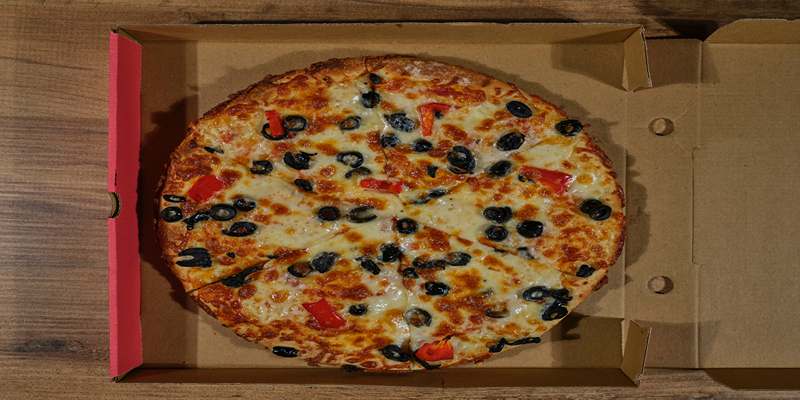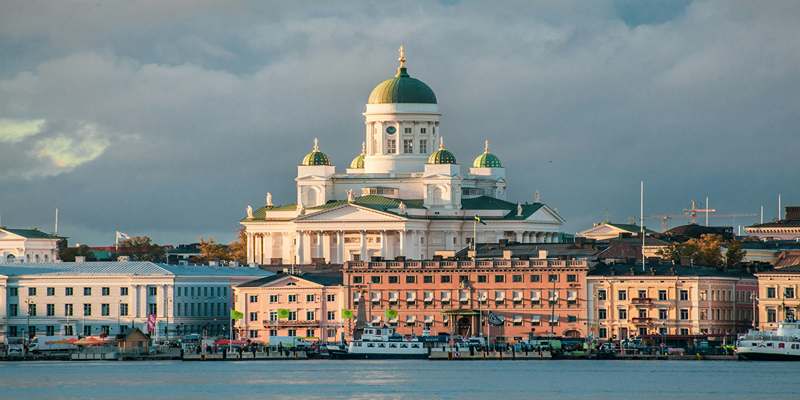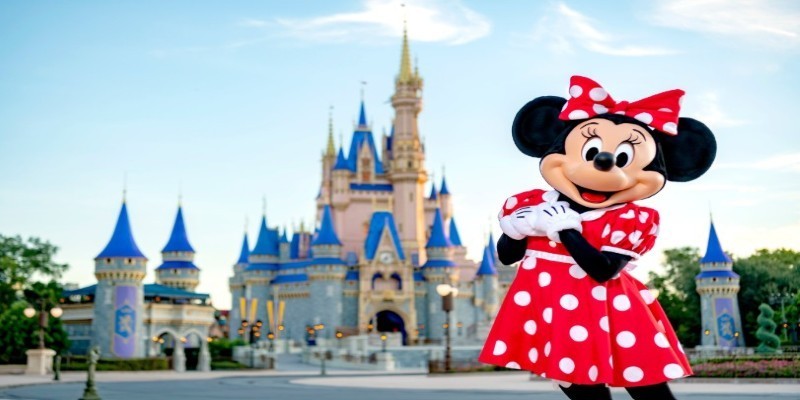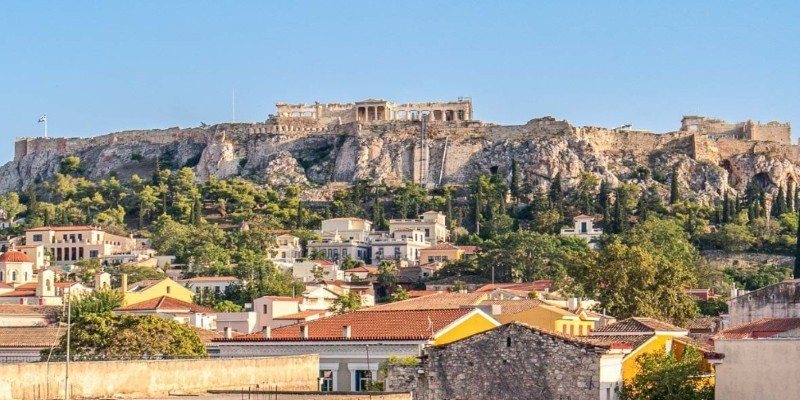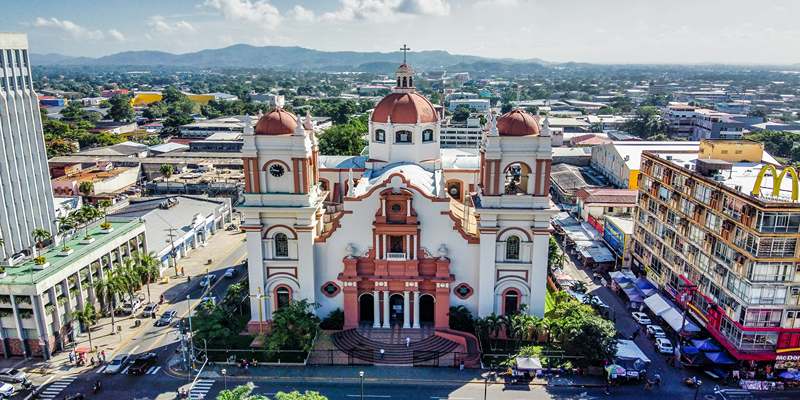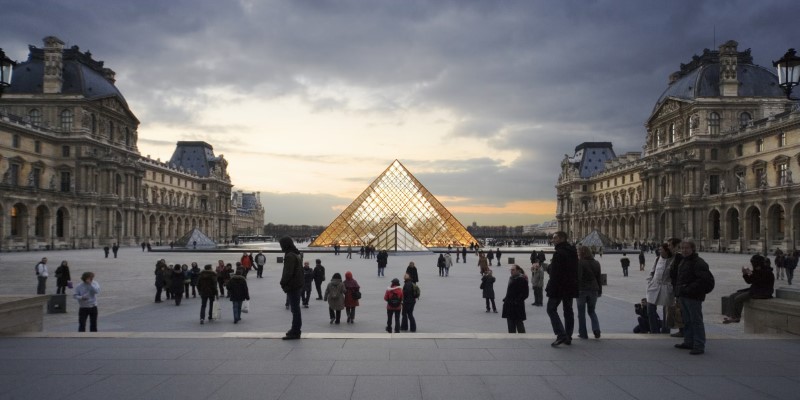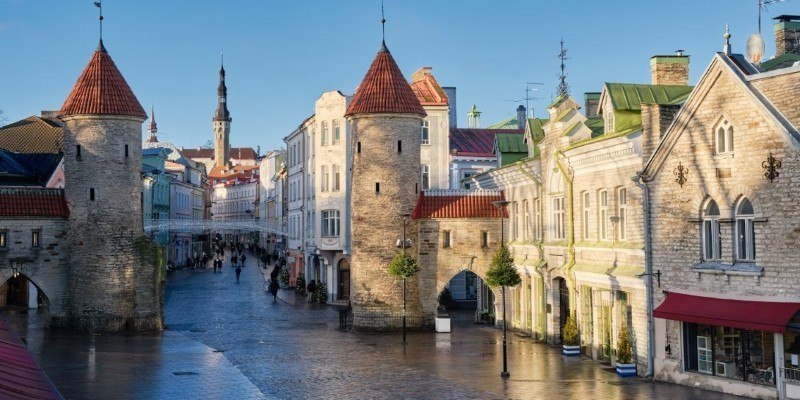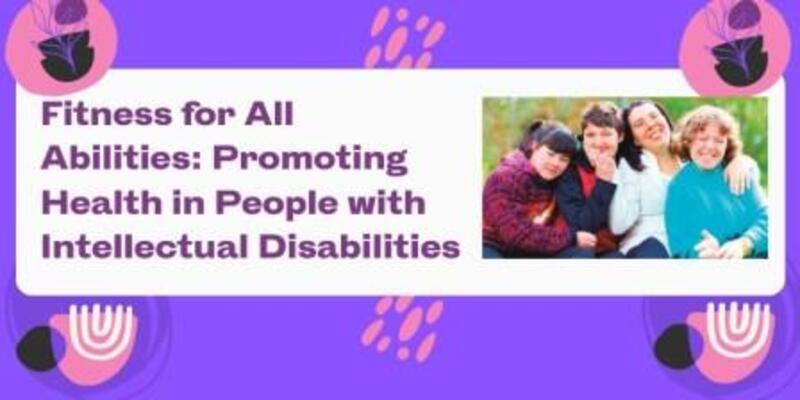A road trip through the Baltic States opens up a chain of places that feel distinct but connected. Estonia, Latvia, and Lithuania run along the Baltic Sea, each offering its own pace and mood. Roads are quiet, distances short, and borders easy to cross. This region feels real—still grounded in its forests, castles, lakes, and towns. You don’t need a tight schedule. Just a decent map, a full tank, and some time. It’s not about rushing to landmarks but watching how the land and culture change as you head south through the Baltic States.
Starting in Tallinn: Northern roots and modern rhythm
Tallinn makes a strong first impression. The Old Town feels like it's been lifted straight out of a storybook—cobblestone streets, weathered towers, and rooftops the color of rust. It's compact, easy to explore, and full of small surprises tucked behind heavy wooden doors. But Tallinn isn't just stuck in the past. Step beyond the medieval walls, and you'll find places like Telliskivi, a former industrial zone transformed into a creative hub, where studios, cafes, and indie shops share the space.
When the city feels full, drive northeast to Lahemaa National Park. The air smells like pine, and the villages along the coast feel half-asleep in the best way. Then, head south to Tartu, Estonia's laid-back university town. It's casual, walkable, and thoughtful—where you can wander from a science museum to a poetry bench without much of a plan. It's not flashy, but it grows on you quickly.
Latvia: Forests, coastlines, and central Riga
Cross into Latvia, and you'll find the landscape stays green, but the architecture changes. Wooden houses line the roads, and forests stretch in every direction. Cēsis is the first town worth stopping in. It’s known for castle ruins and Gauja National Park, where short hikes and river views offer a nice break.
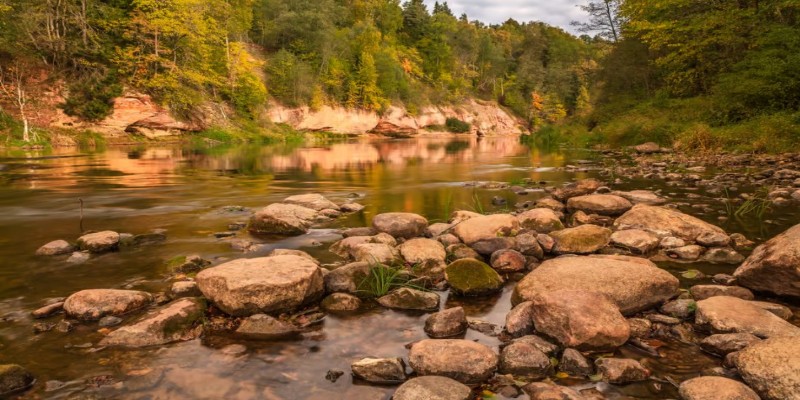
Then it’s on to Riga. Latvia’s capital is the largest city in the region, and it feels like it. The Art Nouveau buildings are bold, with expressive faces carved into walls and balconies. The central market, set inside massive old airship hangars, offers local food and a quick sense of city life. Walk to the Daugava River or explore creative spots in former industrial buildings. Trams crisscross the city, and locals fill the cafes at all hours.
For a change of pace, head to Jūrmala, a seaside town lined with pine trees and wooden homes. If the weather allows, the beach is wide and sandy. From there, follow the road to Kuldīga, a smaller town known for its broad waterfall and slow rhythm. Latvia is well-suited for drivers who prefer calm roads and natural scenery, with occasional bursts of urban energy.
Lithuania: Hillforts, lakes, and shifting pasts
Lithuania has a slightly different feel. Roads are a bit smoother, and towns show off more color. One of the most unusual stops is the Hill of Crosses, near Šiauliai. Thousands of crosses cover a small rise of land, each one placed by visitors over decades. It’s quiet, strange, and powerful.
From there, head south to Kaunas. It's often overlooked, but this city is filled with interwar architecture, open plazas, and a laid-back pace. The Old Town is compact yet packed with things to explore, including museums, street art, and cozy places to eat.
Not far from Kaunas is Aukštaitija National Park. It's a calm, lake-dotted area ideal for slow travel. You can stay in a wooden cabin, walk through thick woods, or paddle across glassy water. It's especially peaceful in the early morning or evening when the only sounds are those of birds and wind.
End your trip in Vilnius, a city with a softer mood than Riga or Tallinn. Its Old Town is one of the largest in Eastern Europe and blends Gothic, Renaissance, and Baroque styles. You can walk for hours here without repeating a street. Užupis, a tiny artist district across the river, has its flag, constitution, and jokes on every corner. It's both sincere and playful—like much of the country.
Driving culture and the feel of the open road
Driving across the Baltic States is simple and smooth. Roads are well-maintained between major towns, and traffic rarely slows you down. Signs are easy to follow, and renting a car is straightforward. Border crossings are unmarked since all three countries are in the Schengen zone.

Distances between places are short. You can drive from one capital to the next in a few hours, but most travelers take their time. The road passes through small towns, lakes, and farms, giving you a view of everyday life. This part of Europe is best seen by car, especially if you want to explore beyond the cities.
Fuel stations are common, and rest stops are clean. In summer, the roads stay light well into the evening. This makes it easier to keep your schedule flexible. You can detour to a castle, lake, or village café without stress.
Food adds texture to the journey. Expect local dishes like potato pancakes, beet soup, dark rye bread, and cottage cheese desserts. Menus change slightly by region, but the flavors stay simple and seasonal. Most roadside restaurants serve meals that are affordable and satisfying.
Places to stay vary. In cities, hotels and hostels are easily bookable. In the countryside, you'll find guesthouses, lake cabins, and even farm stays. Many are family-run, and it's common to be offered tea or homemade jam upon arrival. The focus isn't on flash but on quiet comfort.
Conclusion
A road trip through the Baltic States is less about grand sights and more about what you notice between them. Each country adds something distinct—Estonia’s quiet forests and medieval charm, Latvia’s city rhythm and gentle coastlines, and Lithuania’s calm lakes and layered traditions. The roads are easy, the stops are rich, and the pace is yours to set. It’s a journey shaped by land, memory, and subtle shifts in culture. You don’t need a perfect plan—just a willingness to drive, pause, and take it all in. The Baltic States rewards travelers who move with patience and curiosity.

